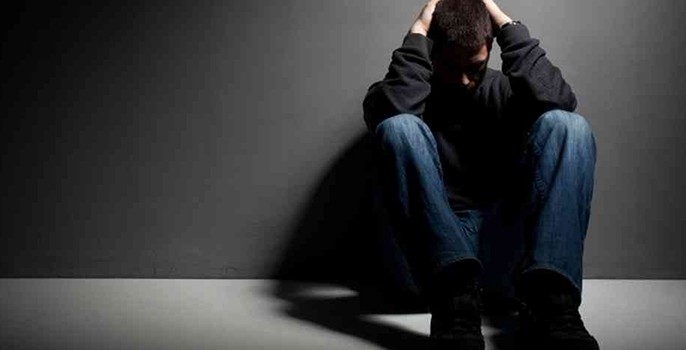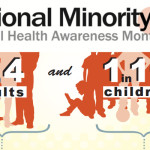By SAMHSA
By: Paolo del Vecchio, M.S.W., Director, Center for Mental Health Services, Substance Abuse and Mental Health Services Administration and Elinore F. McCance-Katz, M.D., Ph.D., FAAAP, Chief Medical Officer, Substance Abuse and Mental Health Services Administration
Depression is a common but serious mental illness. It can impact anyone from children to older adults. About 6.7 percent of all Americans experience major depressive disorder in any given year. Did you know that women are far more likely than men to experience depression in their lifetimes?
National Depression Screening Day is October 9th. Talk with your doctor if you are concerned about yourself or a family member. The National Alliance for Mental Illness![]() and Mental Health America
and Mental Health America![]() are two organizations that maintain a list of local area health care providers who can screen for depression.
are two organizations that maintain a list of local area health care providers who can screen for depression.
People sometimes say “I’m depressed” meaning they are feeling sad or blue at a point in time or about a particular situation. But clinical depression is more than that. It can interfere with your daily life and can be persistent. Types of depressive disorders include:
- Major Depression – which can impact your ability to work, eat, sleep, study and enjoy life. Major depression can be:
- Persistent Depressive Disorder – symptoms last for two years or longer.
- Psychotic Depression – characterized by severe depression plus some form of psychosis such as delusions or hallucinations.
- Postpartum Depression – more serious than “baby blues” and includes severe depression; approximately 10-15 percent of women experience postpartum depression after giving birth.
- Seasonal Affective Disorder – occurs during the winter months when there is less natural sunlight and generally lifts during spring and summer.
- Bipolar Disorder – also called manic depressive disorder and includes extreme mood swings that can include elevated, euphoric, expansive or irritable mood with increased activity (e.g., mania) to extreme lows (e.g., depression).
People may experience different symptoms and levels of depression. Some of the common symptoms include: persistent sad, anxious or “empty” feelings; feelings of hopelessness or pessimism; feelings of guilt, worthlessness, or helplessness; irritability and restlessness; fatigue and decreased energy; difficulty concentrating, remembering details, and making decisions; insomnia, early morning wakefulness and excessive sleeping; and overeating or appetite loss very often with weight changes. These symptoms are present much of every day for at least two weeks.
Depression can be deadly. People with this illness can experience suicidal feelings or attempt suicide. If you or someone you know is suicidal, please contact the National Suicide Prevention Lifeline at 1-800-273-TALK (8255).
The causes of depression are likely a combination of environmental, genetic, biological and psychological factors. Some, but not all, types of depression run in families. In addition, trauma, loss of a loved one, or other stressful situations may trigger depression beyond the triggering event.
Depression can be treated with antidepressant medications and psychotherapy, along with recovery supports including peer support, exercise, mindfulness and other approaches. Many people are able to overcome depression – even severe depression – and go on to live happy, full lives with or without on-going medical care.
To find out where to access services in your local area, please visit SAMHSA’s Treatment Locator.
For more information on mental health, visit www.samhsa.gov and www.mentalhealth.gov.













